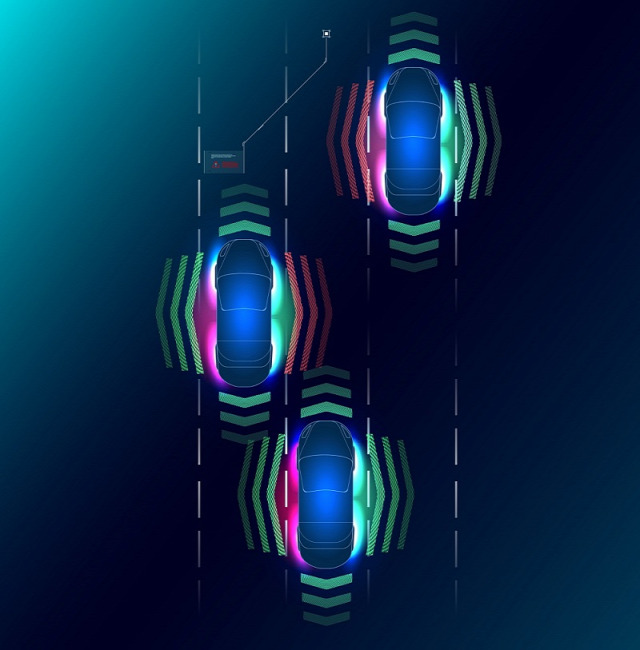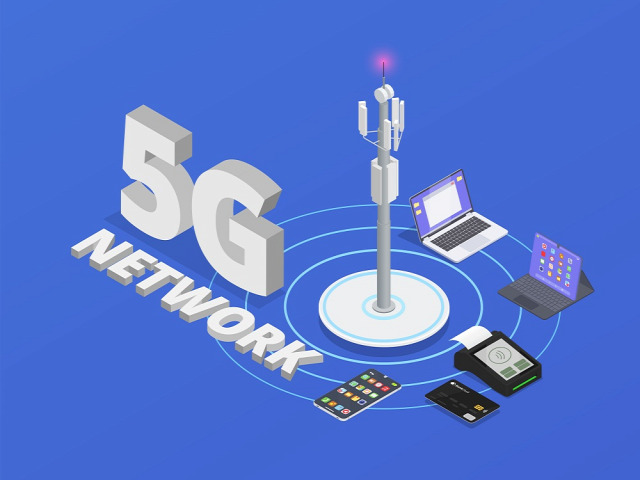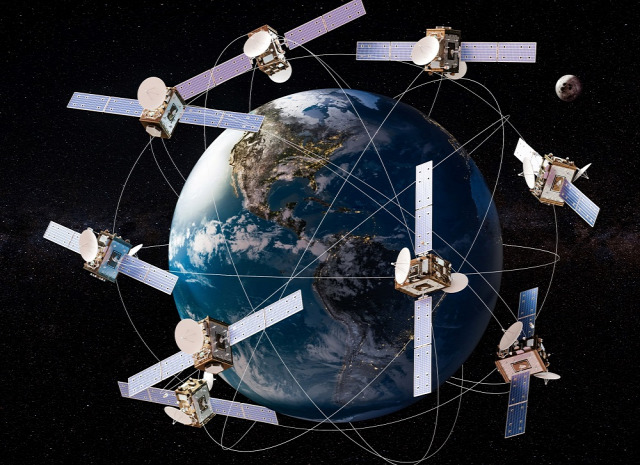
As the automotive industry continues to innovate and embrace technological advancements, the market for Advanced Driver Assistance Systems (ADAS) and Autonomous Sensor Maintenance Equipment is rapidly expanding. These systems have become integral in enhancing vehicle safety, reducing accidents, and laying the foundation for fully autonomous vehicles.
The global ADAS and autonomous sensor maintenance equipment market was valued at $2,704.7 thousand in 2022, and it is expected to grow at a CAGR of 49.68% and reach $1,52,666.5 thousand by 2032.
Autonomous vehicles are increasingly growing in demand, owing to benefits such as increased vehicle and driver safety features, enhanced fuel/battery power efficiency, no road traffic congestion, and accessibility to driving for all, including people with certain disabilities and others. Vehicles equipped with level 1 and level 2 autonomous driving capabilities are already on roads in most of the automotive markets. Some developed markets have also launched or planned to launch vehicles with level 3 autonomy this year (2023). The autonomous vehicle industry has also witnessed a rapid growth of autonomous driving companies, such as Waymo LLC, Cruise LLC, and Zoox, Inc., over the past five years (2018-2023). Most of these companies have identified robotaxis as the most viable option for introducing autonomous vehicles in a profitable and sustainable manner.
Passenger Vehicles to Dominate the Global ADAS and Autonomous Sensor Maintenance Equipment Market (by Vehicle Type)
On the basis of vehicle type, the ADAS and autonomous sensor maintenance equipment market has been categorized into passenger vehicles, commercial vehicles, and robotaxis. Among the three vehicle types, the passenger vehicles segment is expected to have the fastest growth during the review period. The passenger vehicles segment is expected to continue dominating the market during the forecast period.
Most of the developments in autonomous driving technologies are being witnessed in the passenger vehicles segment, as automotive OEMs continue to work on the development of passenger vehicles with higher levels of autonomy. Commercial vehicles and robotaxis are also likely to witness significant growth in terms of revenue generation in the coming years during the forecast period.
Electric Vehicle to Lead the Global ADAS and Autonomous Sensor Maintenance Equipment Market (by Propulsion Type)
Based on the propulsion type, the ADAS and autonomous sensor maintenance equipment market has been segmented into electric vehicles and internal combustion engine vehicles. As the automotive industry is currently being driven by electrification and autonomous driving technologies, the demand for sensor maintenance equipment for electric vehicles is likely to be higher as compared to their internal combustion engine counterparts.
Request A Free Detailed Sample on ADAS and Autonomous Sensor Maintenance Equipment Market!
Automotive OEMs are increasingly focusing on the development of electric vehicle offerings that come with autonomous driving technologies. Therefore, the electric vehicle segment is expected to grow at the fastest rate during the forecast period.
Level 3 to be Dominant in the Global ADAS and Autonomous Sensor Maintenance Equipment Market (by Level of Autonomy)
Based on the level of autonomy, the ADAS and autonomous sensor maintenance equipment market has been categorized into level 1, level 2, level 3, level 4, and level 5. Among the five levels of autonomy (level 1 to level 5), the demand for sensor maintenance equipment for vehicles with level 3 autonomy is expected to be the highest by 2032. Much of this can be ascribed to the growing number of vehicle models with level 3 autonomy and increasing penetration of level 3 autonomy in new vehicle models by leading automotive OEMs.
Fluids and Air Jet to have the Largest Share in the Global ADAS and Autonomous Sensor Maintenance Equipment Market (by Product Type)
On the basis of product type, the ADAS and autonomous sensor maintenance equipment market has been segmented into fluids, fluids and wiper blade, fluids and air jet, and others. The fluids and air jet segment is expected to witness significant growth during the forecast period and is likely to become the dominant segment by 2032. Fluids and air jet sensor maintenance equipment is increasingly being seen as the most feasible sensor maintenance equipment among other product types by automotive OEMs and autonomous vehicle-based businesses. As the number of sensors continues to grow in new autonomous vehicle models being offered by automotive OEMs, other existing sensor maintenance equipment such as fluids and fluids and wiper blade are becoming less effective owing to their more complex design, making fluid and air jet the most preferred option among various product types.
China to Register the Highest Growth in the Global ADAS and Autonomous Sensor Maintenance Equipment Market
The ADAS and autonomous sensor maintenance equipment market is expected to witness significant growth in the coming years, with major contributions from North America, China, and Europe regional markets. In terms of revenue generation, the North America market is one of the key regions in the ADAS and autonomous sensor maintenance equipment market. Much of this can be attributed to comparatively faster testing and adoption of new sensor maintenance equipment technology and the growing number of autonomous vehicle-based businesses in the region.
However, it is China along with Asia-Pacific region, that is likely to register the highest growth in the coming years during the review period. With China being the largest vehicle manufacturer and increasing integration of advanced autonomous driving technologies into newer vehicle models by automotive OEMs, the need for sensor maintenance equipment is likely to be the highest here among all the other regions.
Access Now: Get A Detailed Insights on Autonomous Vehicle Market Research Reports
Competitive Landscape
Major ADAS and autonomous sensor maintenance equipment providers are undertaking a variety of strategic efforts, primarily including partnerships and collaborations and product developments, to gain significant market share.
The following are some key highlights in terms of major ADAS and autonomous sensor maintenance equipment providers:
-
Röchling SE & Co. KG, Continental AG, Valeo, and Kautex Textron GmbH & Co. KG, are some leading players globally.
-
A Raymond Network, Actasys, Inc, and dlhBOWLES are some emerging companies.
-
Partnerships, collaborations, and joint ventures have been the most preferred strategies in recent years.
-
Product developments and mergers and acquisitions are the other strategies being implemented.





